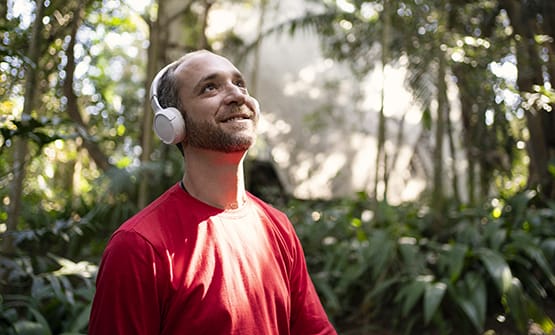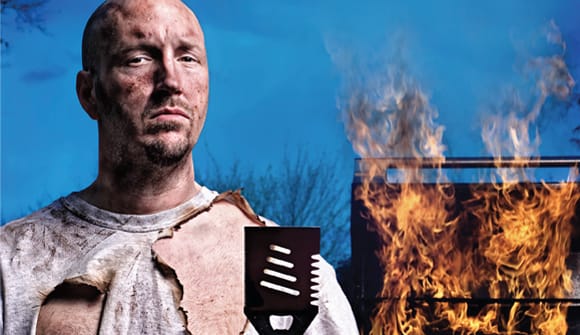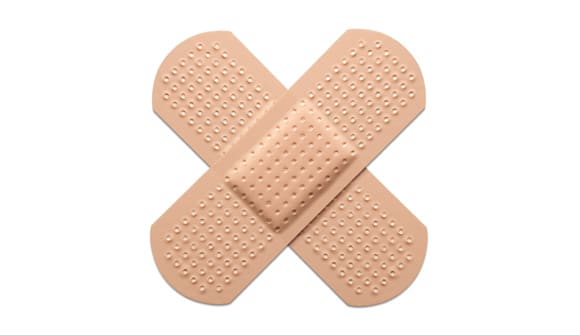RSV spree
Spot the symptoms of this common respiratory illness.
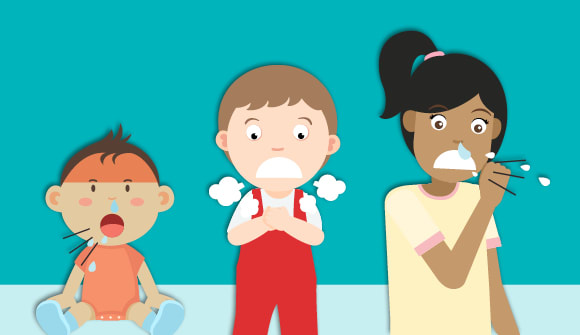
When your little one comes home from daycare or school with a fever and no appetite, you may be wondering what you're dealing with: a cold? The flu? COVID-19? Keep your eyes peeled for a few telltale symptoms that may signal respiratory syncytial virus (RSV).
What is RSV?
Mobeen Rathore, MD, chief of Pediatric Infectious Disease and Immunology for Wolfson Children's Hospital, described it as a respiratory virus that causes cold-like symptoms, which may vary by age.
While RSV season can vary by region, it tends to be most prevalent from October through April.
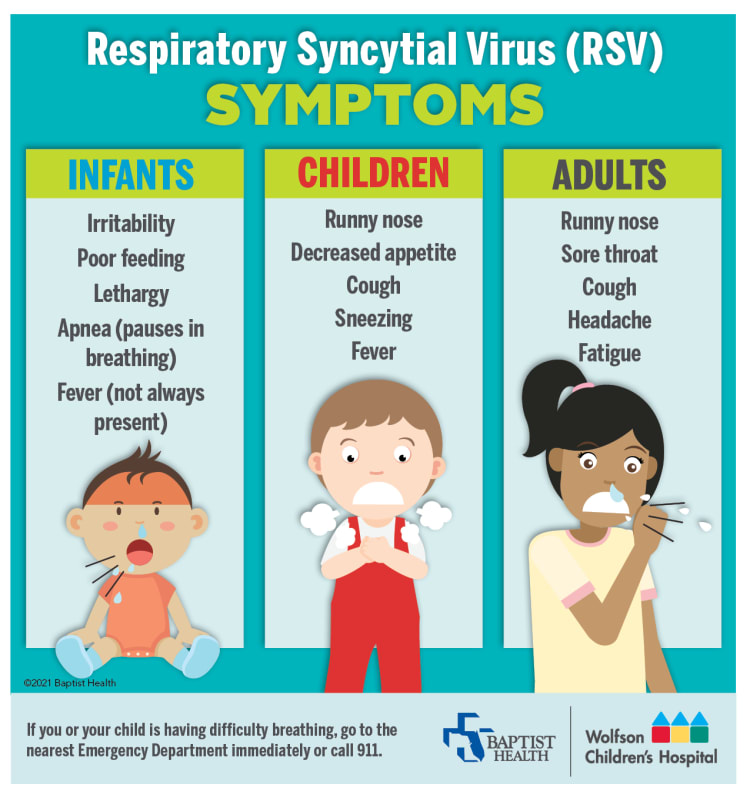
Who's at risk for severe RSV?
RSV is more common in children than adults. However, older adults have a higher risk of serious illness and death.
“Most kids will become infected with RSV before they are 2 years old,” Dr. Rathore explained. “However, adults and older children can get infected and will have what looks like a cold. People can also get reinfected, for instance, if their child brings it home from daycare.”
Cases are typically mild, but older adults and infants can experience severe symptoms.
How to avoid RSV
This season, those most vulnerable to severe illness will be able to boost their protection via a vaccine for adults 60 and older and an antibody injection for infants entering their first RSV season.
And, as with any other virus, some simple steps can go a long way toward keeping you healthy.
“Wash your hands well and, if you’re sick, wear a mask and practice social distancing,” Dr. Rathore said.
Don't ignore your child's RSV symptoms
If your child has RSV and is experiencing any severe symptoms, such as difficulty breathing, you should take him or her to the nearest Children’s Emergency Center or call 911.
